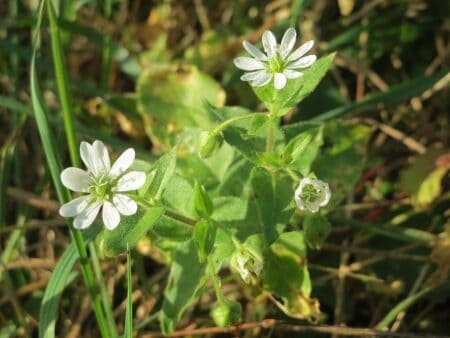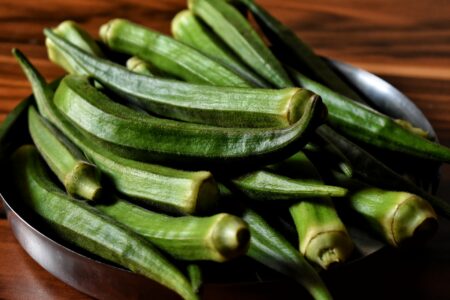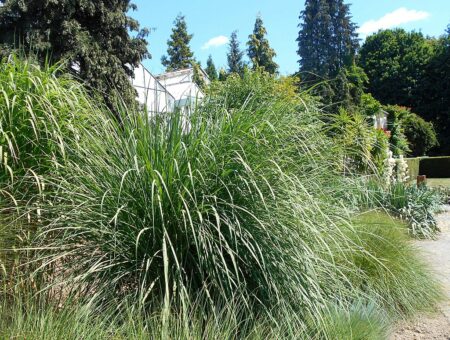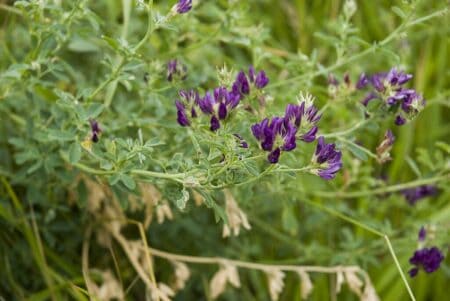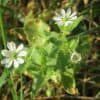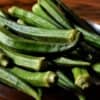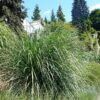Japanese Holly (Ilex crenata) is a versatile and attractive evergreen shrub widely used in landscaping.
It is glossy, has dark green leaves, and has a compact growth habit.
Japanese Holly is famous for hedges, topiary, and container gardening.
This article will explore the basics of growing and caring for Japanese Holly, including planting, fertilizing, pruning, and common problems to watch for.
What Is Japanese Holly?
Japanese Holly, or Ilex crenata, is a small-leaved evergreen shrub native to Japan, Korea, and China.
It is a popular landscaping plant for its dense growth habit, glossy green leaves, and ability to withstand pruning.
The leaves of Japanese Holly are small, oval-shaped, and have a finely toothed margin.
The shrub typically grows 6-8 feet (1.8-2.4 m) tall and wide, although some cultivars may reach up to 15 feet (4.5 m).
The plant produces small, inconspicuous white flowers in the spring and small black berries in the fall.
Some of the most common Japanese Holly cultivars include:
- Brass Buckle
- Helleri
- Compacta
- Convexa
- Drops of Gold
- Dwarf Pagoda,
- Geisha
Japanese Holly is an excellent choice for attractive, low-maintenance evergreen shrubs for formal hedges and topiaries to accent plants.
Japanese Holly can take two to three years of growth to bloom for the first time. Japanese Holly cultivars can have different growth rates and sizes. Japanese Holly cultivars can have different growth rates and sizes. Helleri varieties take up to 10 years to fully mature.
Growing Japanese Holly
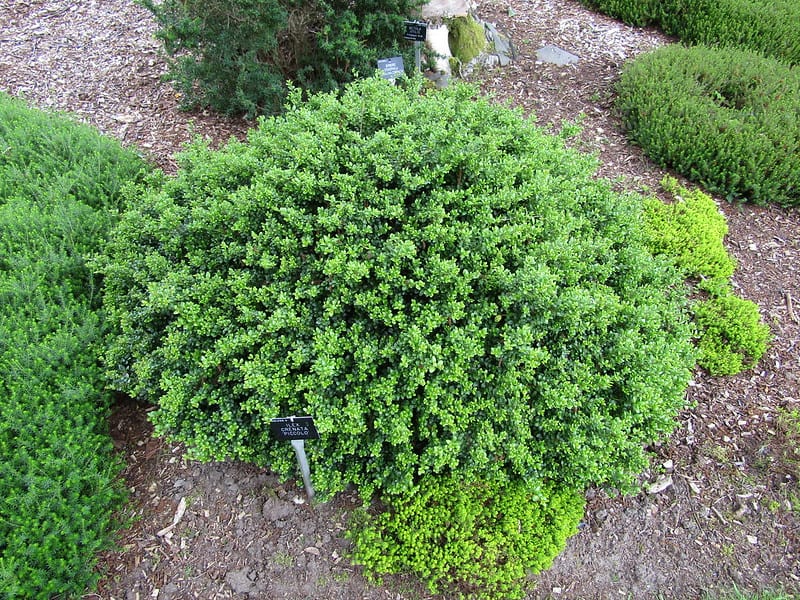
Japanese Holly grows best in well-draining soil rich in organic matter. It prefers partial to total sun exposure and tolerates various soil pH levels.
When selecting a planting location, look for an area with good air circulation and adequate space for the plant to grow to its mature size.
Soil Preparation
Before planting, prepare the soil by removing weeds and debris and incorporating organic matter such as compost or peat moss.
If the soil is heavy or clay-like, amend it with sand or perlite to improve drainage.
Selecting and Planting the Appropriate Cultivar
There are many different cultivars of Japanese Holly, each with unique growth habits and leaf characteristics.
Select a cultivar based on your specific landscaping needs and preferences.
When planting, dig a hole twice as wide and deep as the root ball, backfill with amended soil, and water thoroughly.
Watering and Mulching
Water the plant deeply after planting and then once a week for the first few months to help establish the root system.
Apply a 2-3 inch (5-7.5 cm) layer of organic mulch, such as bark or wood chips, around the base of the plant to help conserve moisture and suppress weeds.
Fertilizing Japanese Holly
Japanese Holly benefits from regular fertilization with a balanced, slow-release fertilizer.
Apply fertilizer in early spring before new growth begins and again in mid-summer.
Timing of Fertilization
Avoid fertilizing during periods of drought or extreme heat, as this can damage the plant.
Water the plant thoroughly before and after fertilizing to help prevent fertilizer burn.
Choose a fertilizer formulated explicitly for evergreen shrubs and follow the manufacturer’s instructions for application rates and methods.
Pruning Japanese Holly
Regular pruning helps to maintain the plant’s shape and size, promotes healthy growth, and improves air circulation.
It also helps remove dead or diseased wood and prevent the plant from being overgrown.
Best Time To Prune
The best time to prune Japanese Holly is before new growth begins in late winter or early spring.
Avoid pruning during periods of extreme heat or drought.
Tools Needed for Pruning
Use sharp, clean pruning shears or hedge trimmers to make clean cuts and prevent damage to the plant.
Sterilize your tools with rubbing alcohol or a bleach solution between uses to help prevent the spread of disease.
Techniques for Pruning
Remove only one-third of the plant’s total growth when pruning Japanese Holly in any pruning session.
Remove any dead, diseased, or damaged wood first by crossing or rubbing branches.
To maintain a formal shape, shear the plant lightly. Avoid cutting into the woody part of the stem.
Caring for Japanese Holly
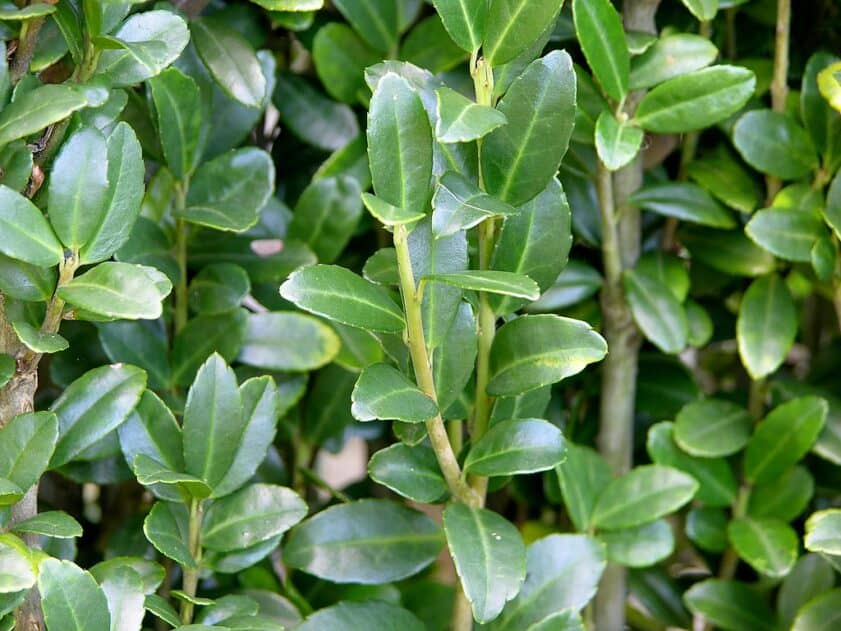
Caring for Japanese Holly involves providing adequate water and nutrients and protecting the plant from pests and diseases.
This section will cover essential care practices, including watering and mulching, pest and disease prevention, and treatment.
Watering Japanese Holly
Japanese Holly prefers consistently moist soil but can also tolerate brief periods of drought. Too much water, however, can lead to root rot and other problems.
Ensure the plant gets adequate water by monitoring soil moisture levels and adjusting the watering frequency as needed.
Frequency and Amount of Watering
Water the plant deeply once a week during periods of average rainfall.
During hot, dry weather or in areas with low rainfall, water more frequently, as often as every 2-3 days.
Watering Methods
Use a soaker hose or drip irrigation system to water the plant deeply and evenly, avoiding wetting the foliage.
Alternatively, water the plant by hand with a hose, not over-watering or watering too frequently.
Mulching Japanese Holly
Mulching helps to conserve soil moisture, suppress weeds, and regulate soil temperature.
It also adds organic matter to the soil as it breaks down.
Choosing the Right Mulch
Use lightweight, organic mulch such as bark or wood chips.
Avoid heavy, compacted mulches like gravel or stones, which can restrict air and water flow to the roots.
Applying and Maintaining Mulch
Apply a 2-3 inch (5-7.5 cm) layer of mulch around the base of the plant, taking care not to pile it up against the trunk.
Reapply mulch annually to maintain an even layer and to replace any that has decomposed.
Possible Problems of Japanese Holly
Japanese Holly is susceptible to various pests and diseases, including spider mites, scale insects, and leaf spots.
Regular monitoring and prompt treatment can help prevent these problems from becoming severe.
Identifying Pest and Disease Problems
Look for signs of pest infestation or disease, such as yellowing leaves, brown spots, or insect activity.
Identify the specific problem and severity of the infestation before selecting an appropriate treatment.
Treatment and Prevention Measures
Treatment may involve insecticidal sprays, fungicides, or other remedies, depending on the specific problem.
Preventative measures include regular monitoring, proper watering and fertilization, and pruning to promote good air circulation.
Conclusion
Japanese Holly is a versatile and attractive shrub that can enhance any garden or landscape.
Following this article’s simple tips and techniques, you can grow and care for Japanese Holly like an expert.
This beautiful plant will provide years of enjoyment and beauty with proper care.


